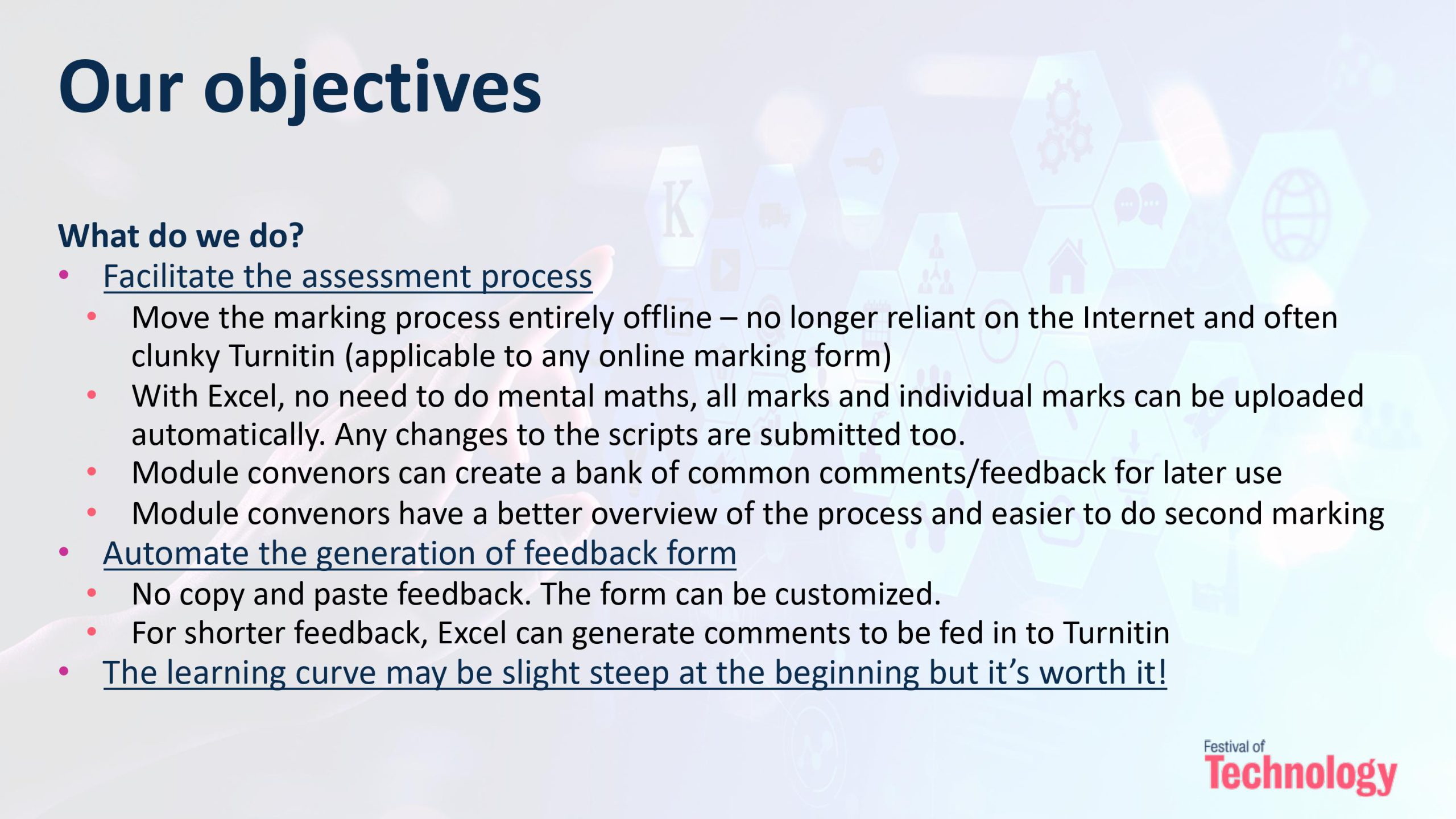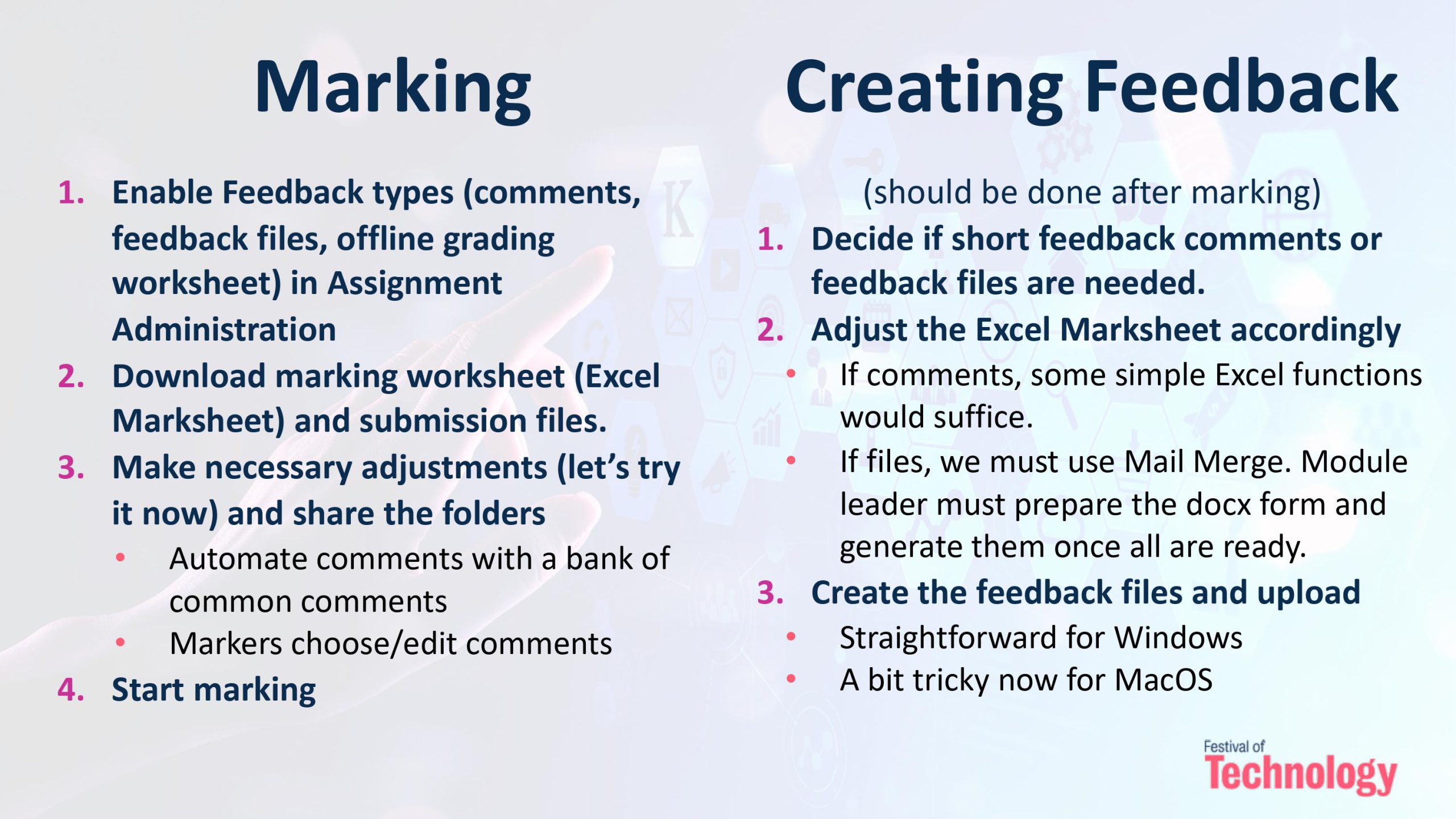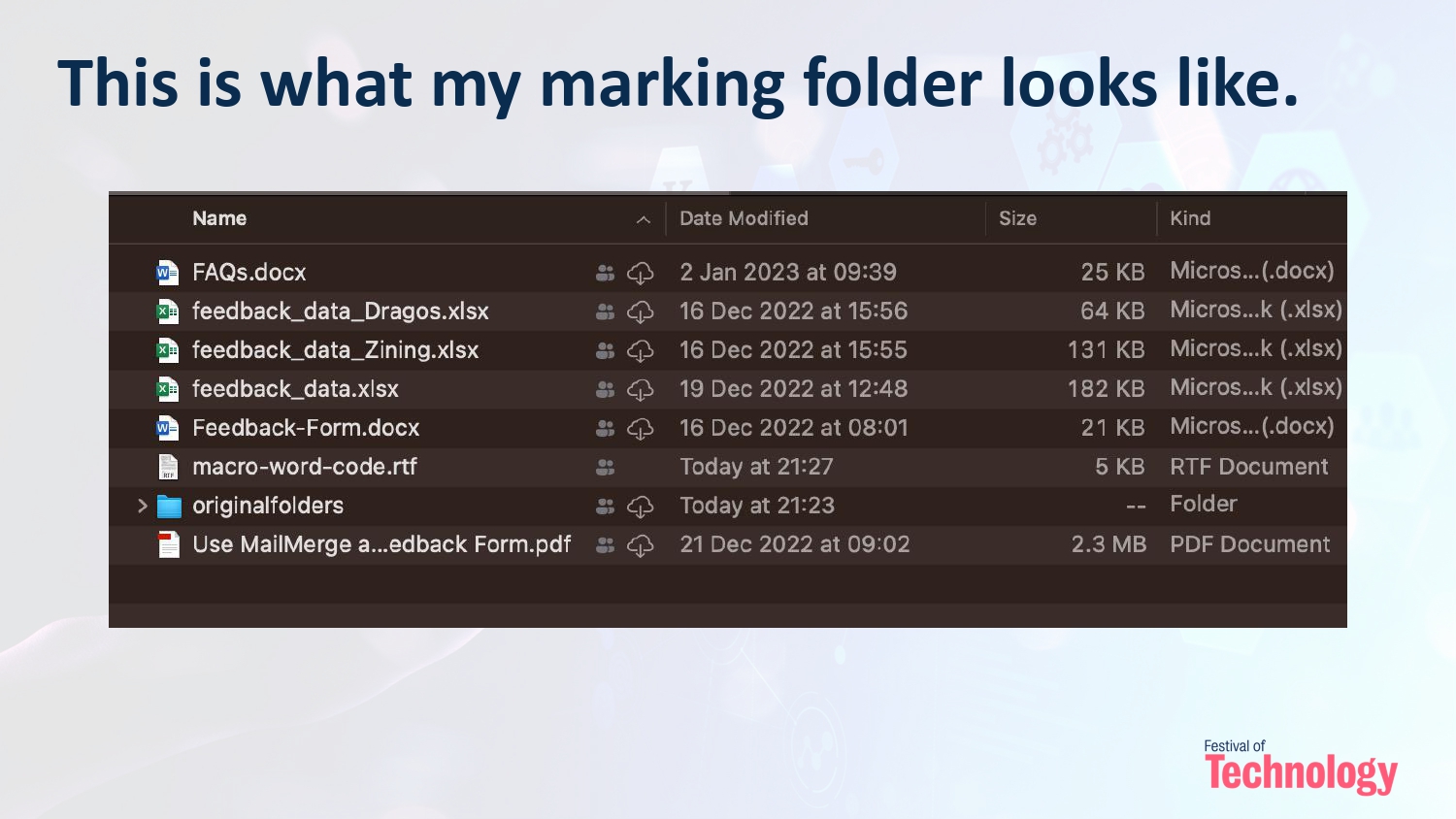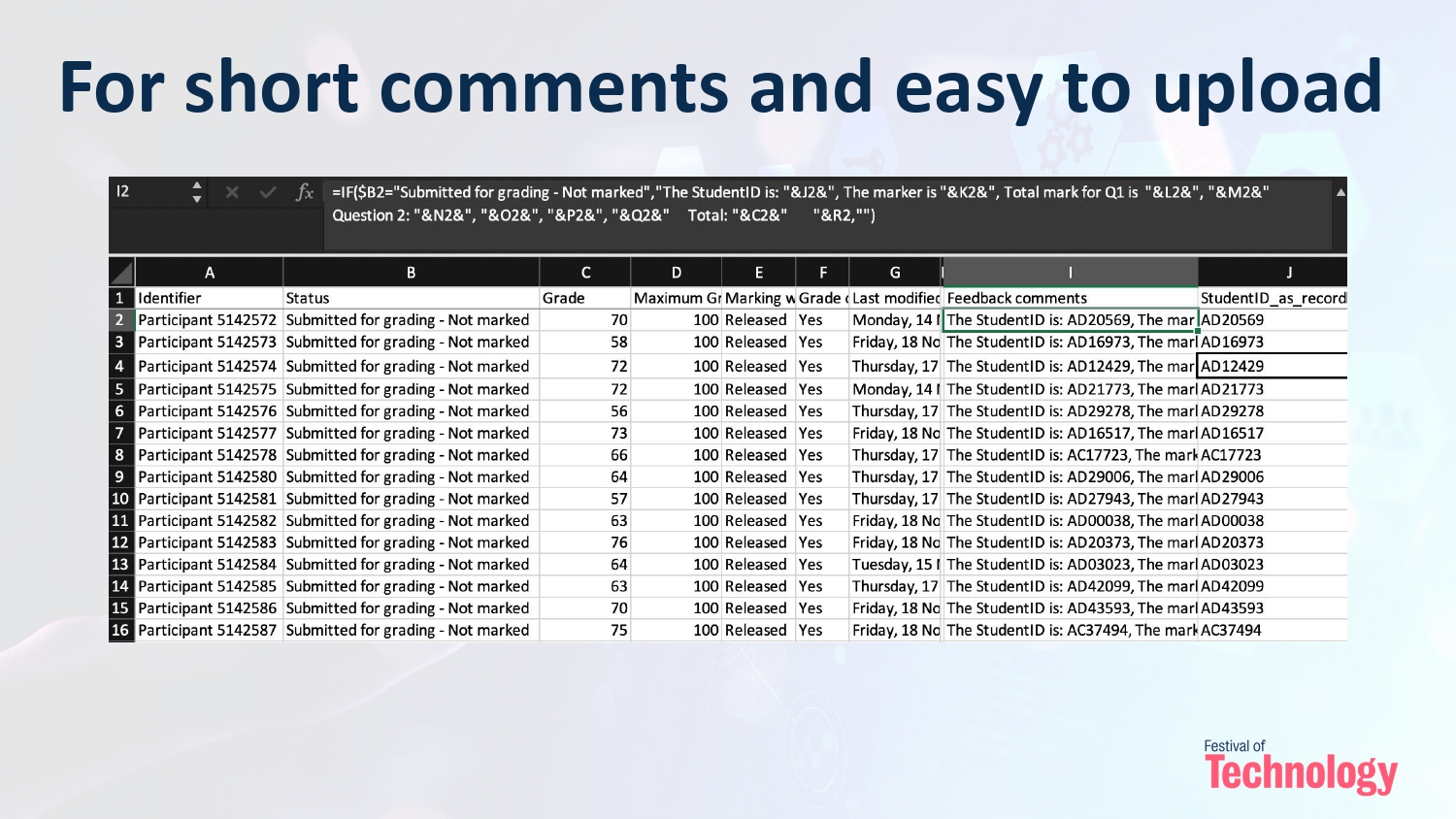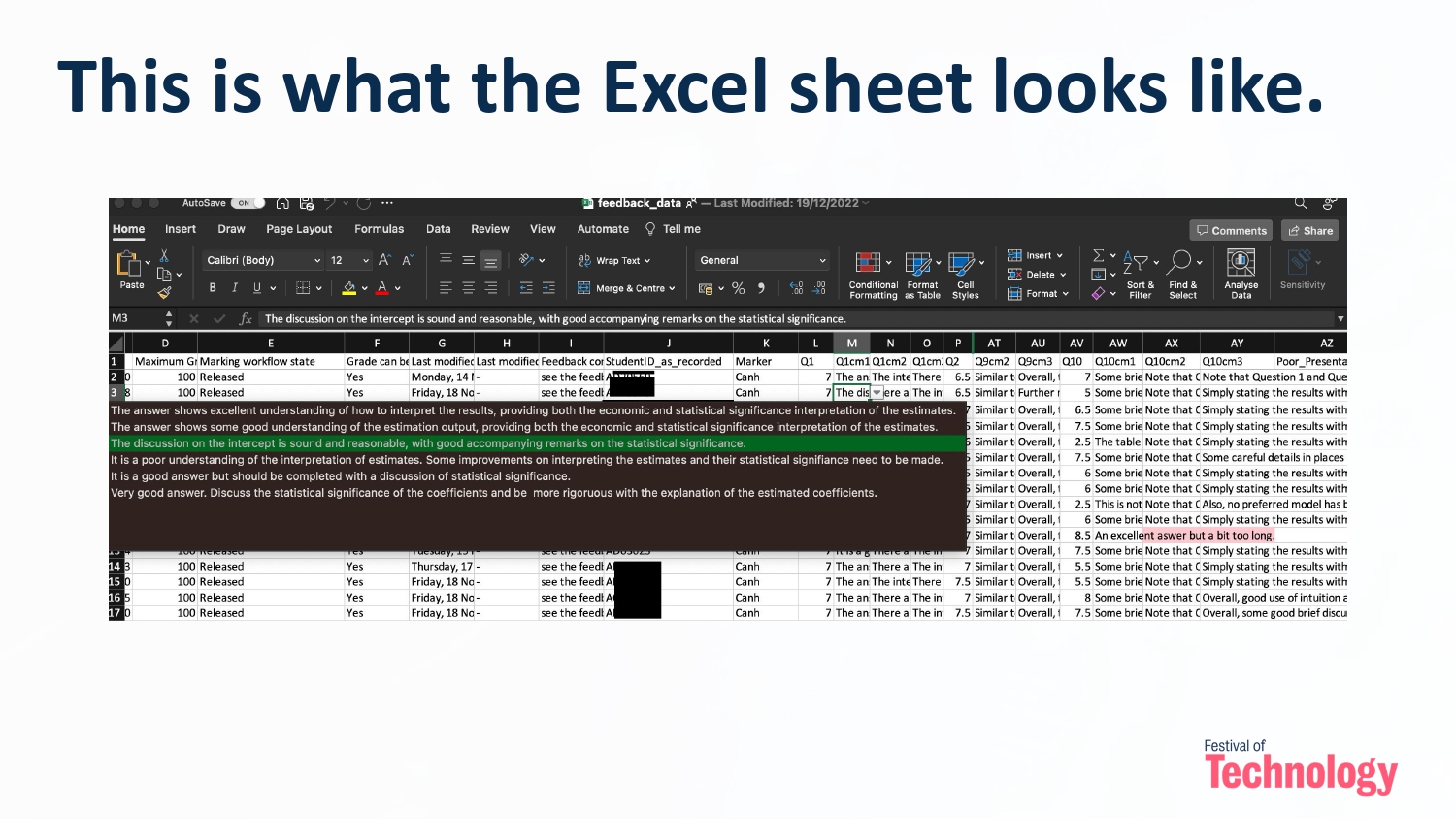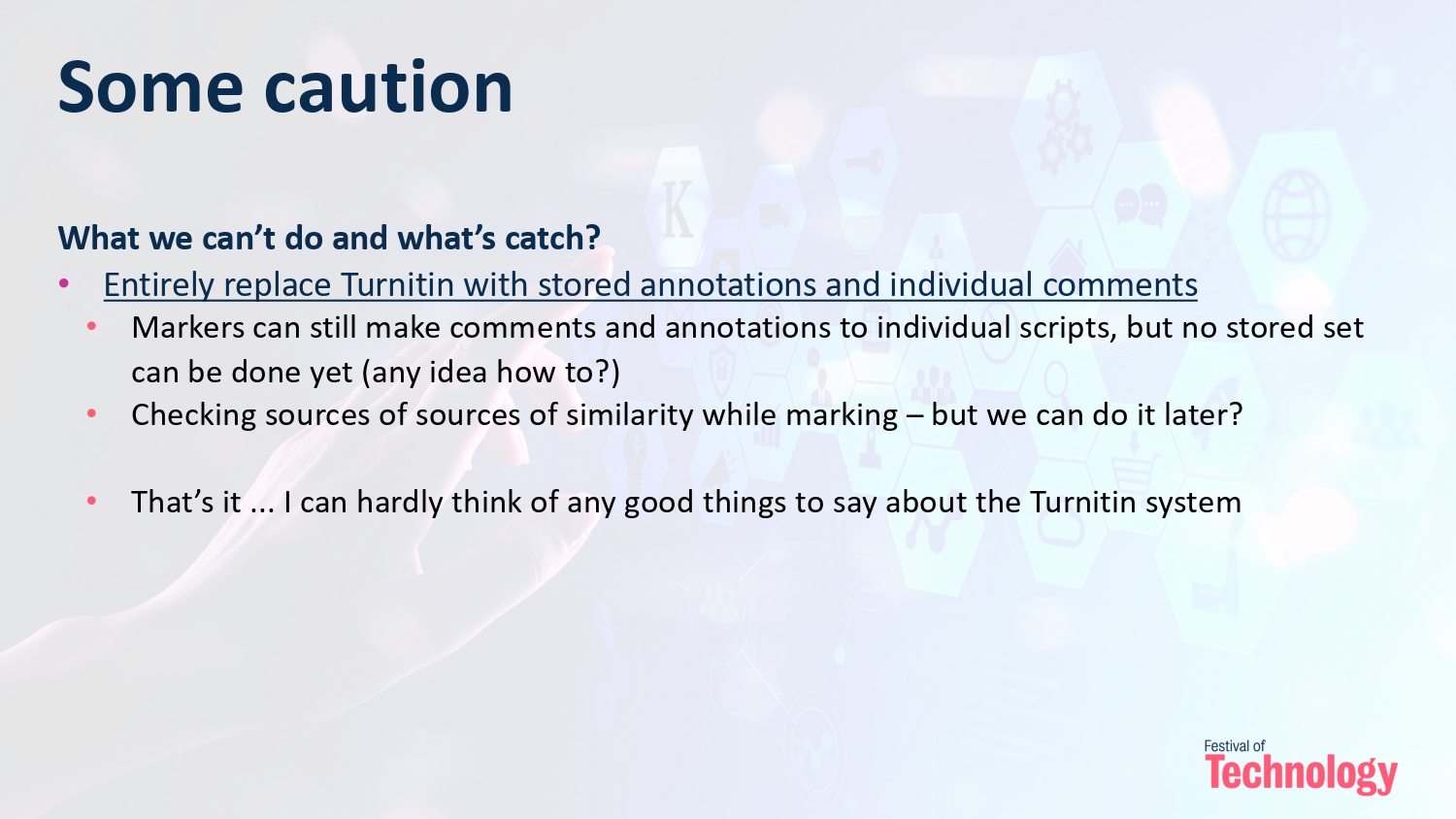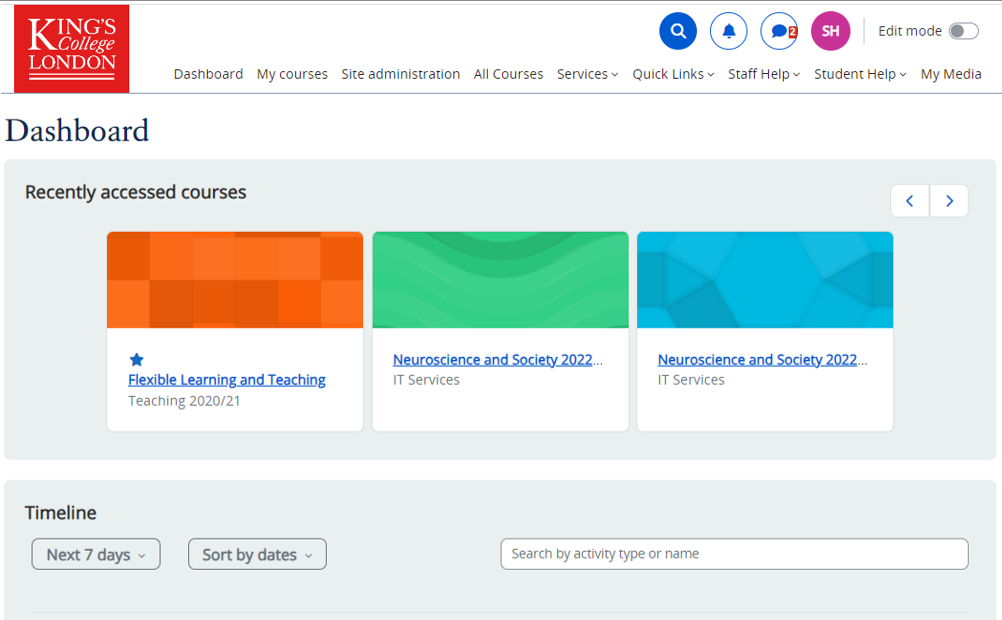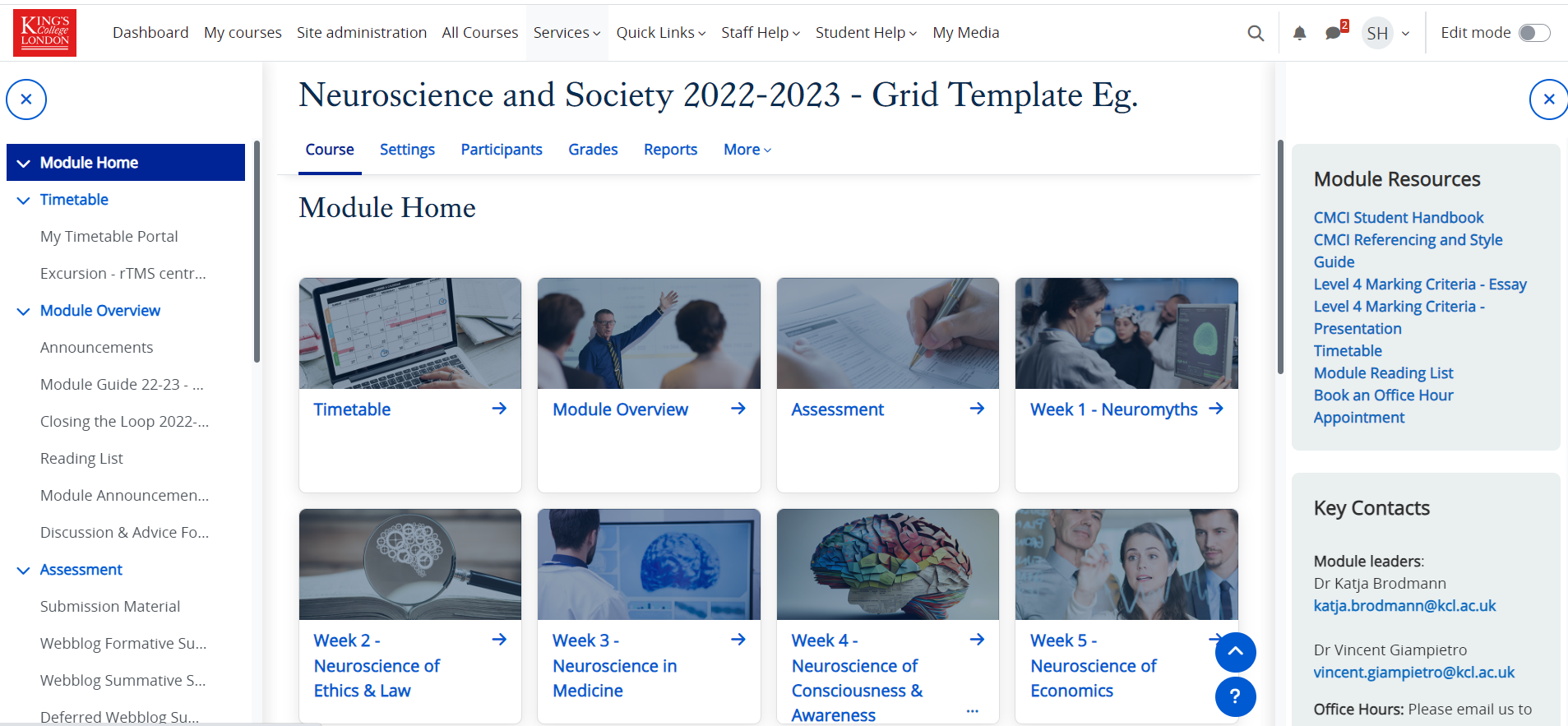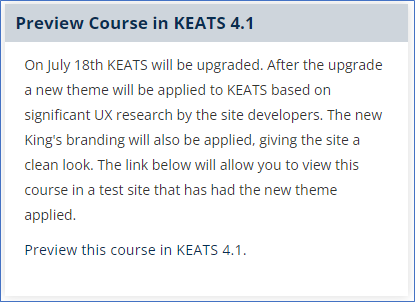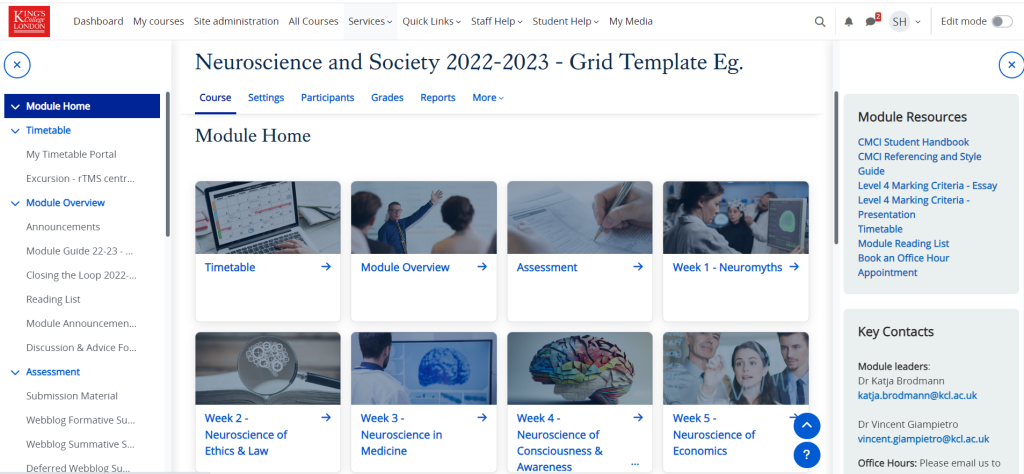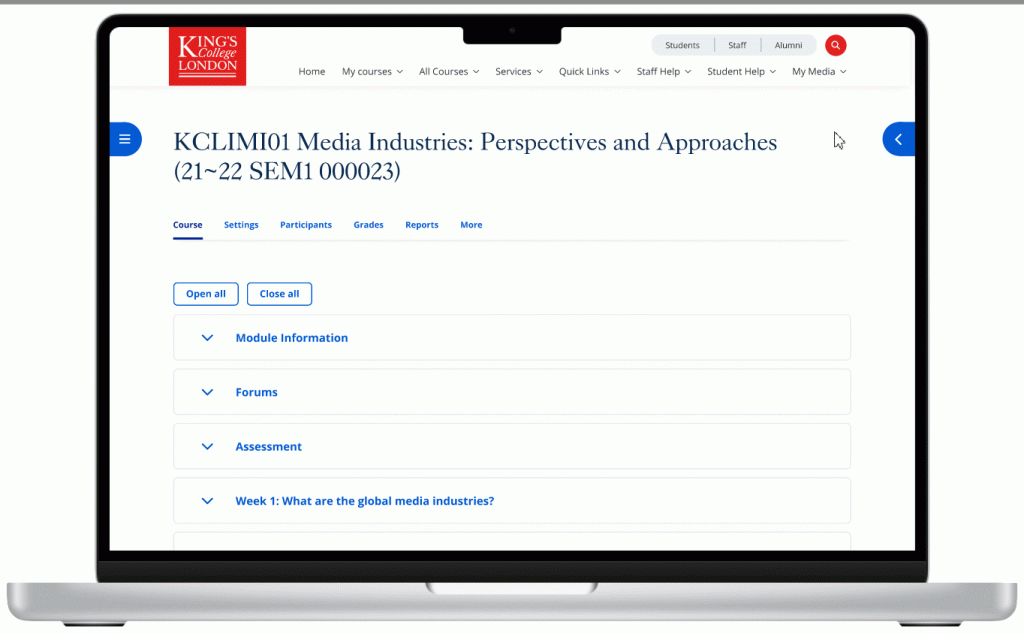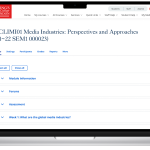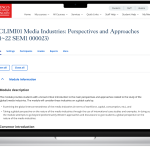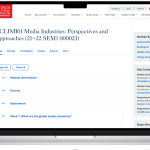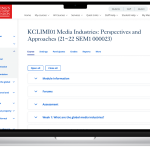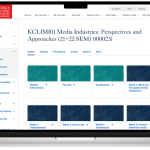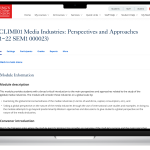Designing better learning experiences – one cup at a time.
User Experience, or UX, can make or break an online product. Ever tried tapping a tiny button to add an event to your calendar, only to blame the size of your finger and, in frustration, end up messaging your partner to remind you instead? You’re not alone. Giving up on your calendar perfectly illustrates the statistics: according a report by RMG Digital, 90% of users will leave a website because of poor design. And you’ll be glad to hear that this experience doesn’t just frustrate users – it also hurts businesses. In fact, according to the same report, 70% of online businesses fail due to bad UX.
While UX might seem like a hot topic today, its principles have been around for over 30 years, though they are often misunderstood or misapplied. The term itself was coined in the 1990s by Don Norman, one of the founders of the influential Nielsen Norman Group, to describe everything a person feels and experiences when interacting with a product or service.
As the Nielsen Norman Group explains:
The first requirement for an exemplary user experience is to meet the exact needs of the customer, without fuss or bother. Next comes simplicity and elegance that produce products that are a joy to own, a joy to use. True user experience goes far beyond giving customers what they say they want, or providing checklist features. View the Nielsen Group article.
Simply put, when UX is done well, it feels almost invisible, helping people get what they need without frustration or hassle. When it’s done badly… it’s very noticeable.
UX for EdTech presents a particular problem. The stakes are quite different – it’s not just about user-friendly tools, or a nice interface, but about creating meaningful learning experiences that truly support students throughout a transformative educational journey. Without strong design and UX, even the most innovative and academically sound educational technology can fall flat – and that can be a real problem when students are already facing the (enormous!) cognitive challenge of learning something new. Providing these great experiences means going beyond usability to include engagement, motivation, and effective learning outcomes – a broader approach often encompassed by the term ‘LX’.
While commercial providers of educational technology have been grappling with UX for some time, with varying degrees of success, in higher education, UX is still a relatively new concept, with its own set of challenges. The rapidly changing world, evolving digital experiences, growing competition, and rising student expectations all add layers of complexity. Combine that with academic rigour, complex systems, and diverse student needs, and designing genuinely student-centred experiences becomes a real balancing act.
I was aware of these challenges as I stepped into the role of UX Manager at King’s, yet undeterred. Coming from a background in teaching and private EdTech, I saw this role as a chance to bring everything I’d learned into a new environment with its own rhythms, ecosystems, and rewards. And it’s been great to see my team bridge that gap hosting events such as UXDX, as well as by participating in MUGGL and ALT M25.
That said, some challenges here at KCL still felt strangely familiar, only on a much larger scale. In the higher education sector, silo mentality inhibits communication between institutions but often within them too, leaving departments keen to find opportunities yet uncertain of how and where to share insights or best practices. It quickly became clear to me that although incredible work was happening across the organisation and within the wider EdTech industry, its full impact was held back by a lack of connection and collaboration. What was missing was a dedicated space to focus specifically on UX for EdTech – which is exactly why KCL’s Coffee & UX ☕ began.
KCL’s Coffee & UX ☕ is a simple idea with a clear purpose: to connect, create a community of practice, spark conversation, and bring a bit of change into how we think about and design for students. It’s much more than a platform to showcase our work; it’s a welcoming space that encourages open conversation, shared learning, and collaboration, helping the incredible work happening across the organisation reach its full potential.
The premise is simple: once a quarter, we gather on a King’s campus in central London for a couple of hours, with coffee and snacks. Each team shares what they’ve been working on, and together we explore the tools, methods, and approaches shaping our work. We discuss research findings, share challenges and wins, and exchange best practices. It’s also a chance to get to know each other, build connections across departments, and spark ideas for improving the student experience – whether that involves digital learning tools, physical spaces, workflows, or blended experiences that bridge both.
So far, we’ve held two meetings: one in spring and one in summer. From the very first session, it was clear we had something special – the excitement and positive feedback were overwhelming. Teams connected, shared ideas, discussed best practices, and explored ways to collaborate. The conversation didn’t end there; our group chat continued buzzing with reflections, questions, and action points, showing just how engaged everyone was. It was a real sign that Coffee & UX ☕ was creating a space people value and want to keep building.
The summer edition, held on 10th July, was another great success, with over 10 attendees from King’s Digital’s UX team and Quality Assurance Officers; Libraries & Collections; Digital Humanities; IT; and Student Knowledge Info & Enquiries. With a sharper focus this time, teams shared specific projects sparked by our first meeting, such as the assessment templates research and the development of a research repository. We also explored new topics, including databases in PowerBI, card sorting exercises to organise the VLE’s top menu, accessibility research, and inspiring examples of how libraries are pushing UX further to meet students where they are. It was truly inspiring to see such a diverse range of work underway and to feel the strong passion for enhancing the student experience across King’s. To close, and as a testament to how valuable we’ve found these meetings so far, we discussed opportunities to enhance our ongoing efforts to build a real community, including a proposed calendar of activities moving forward.
So, what’s next for KCL’s Coffee & UX ☕? Our goal is to open the door wider – to welcome more teams from across King’s to share, collaborate, and tackle the unique challenges we face together. We also want to expand our circle by inviting colleagues from other universities to join the conversation, sparking fresh ideas and new partnerships. Ultimately, we’re aiming to bridge gaps – within our institution, between universities, and between higher education and the EdTech private sector, building a vibrant, connected community that drives real, positive change for students.
Do any of these challenges or ideas resonate with you? Have you tried something similar in your institution or organisation? Maybe you’ve faced similar hurdles in your own institution, or you’re simply curious about how we’re shaping the User Experience landscape in Higher Education and want to get involved? Whether you’re interested in sharing your experiences, asking questions, or just having a friendly chat about UX and the student experience, I’d love to hear from you. Let’s connect, learn from each other; and maybe explore how we can make a real difference together… over a cup of coffee?
Our next event is on 6th November, and we’re inviting both presenters and participants of the wider community to join us at King’s. If you’re interested in UX in Education -whether to share, learn, or just chat over coffee – we’d love to see you there.
About you the author
Juliana Matos, UX Manager at King’s College London | Experienced LXer | Bridging academia, education, and industry through thoughtful, data-driven, human-centred UX strategy.





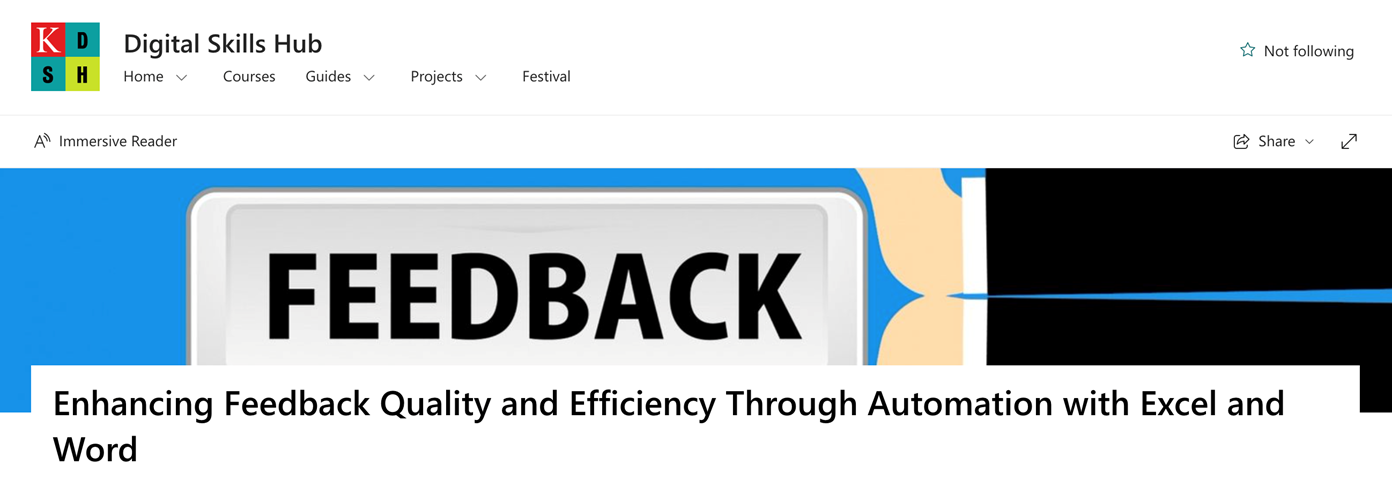

 I am a Lecturer in Economics at the Department of Economics, King’s Business School, King’s College London. I am also an academic supervisor at the Institute of Finance and Technology, University College of London, and a chief examiner for the University of London International Programme (Econometrics). Before joining King’s, I lectured and conducted research at the London School of Economics as an LSE Fellow in Economics, and at the University of Warwick as a postdoctoral fellow (in Economics). I completed my PhD in Economics at the University of Nottingham in 2018.
I am a Lecturer in Economics at the Department of Economics, King’s Business School, King’s College London. I am also an academic supervisor at the Institute of Finance and Technology, University College of London, and a chief examiner for the University of London International Programme (Econometrics). Before joining King’s, I lectured and conducted research at the London School of Economics as an LSE Fellow in Economics, and at the University of Warwick as a postdoctoral fellow (in Economics). I completed my PhD in Economics at the University of Nottingham in 2018.